GS1 standards have been powering the retail world for many decades since 1976. You probably don’t think much about the humble barcode when you’re in the supermarket and hear the bleeps as your purchases are scanned, but it’s the power of GS1 standards that makes everything work.
Today, it’s hard to imagine a shop working without GS1 Standards, but I can remember shop assistants with pricing guns putting price stickers on every tin before it went on the shelf and manually typing in prices for each item as they went through the checkout. The way shops kept track of which products needed to be reordered was to manually walk around the store doing a stock check. Frankly it was chaos and today the barcode not only carries pricing information but, for most retailers, lets head office know what products are sold with up to the minute data enabling them to replenish stocks without the shop manager having to do anything.
Now standards are being applied online and in the same way that manufacturers were initially reluctant to put barcodes on their products, we’re seeing the same resistance from retailers. It’s not just that it’s a pain and a whole load of additional work to find the EAN for a product, it’s that often online retailers aren’t seeing the benefits and aren’t sold on what the barcode can do for them.
GS1 Standards online
Online, we might not scan barcodes at the checkout as would happen in offline retail, but still just about every venue you wish to sell on are now insisting that we use the same GS1 standards. This is a pain for most online retailers who for many years didn’t have to worry about things like barcodes and the numbers they represent ( GTIN, EAN, UPC). However it’s not just to identify a particular product that GTINs are useful, they can also be used to associate a ton of additional product data with the item.
GTINs are also increasingly being used to power new technology such as image search. Whilst you might imagine that images are simply scanned and catalogued, often what happens in the background is that an image is matched as closely as possible to a GTIN and the product data that sits behind these GTINs. This is then what’s used to find similar items using the attributes such as colour and style.
Love them or hate them, GTINs and product data are hear to stay. If you’d like to know more about the history of GS1 standards then this video takes a light hearted look at how the humble barcode started and what it can do for business today.
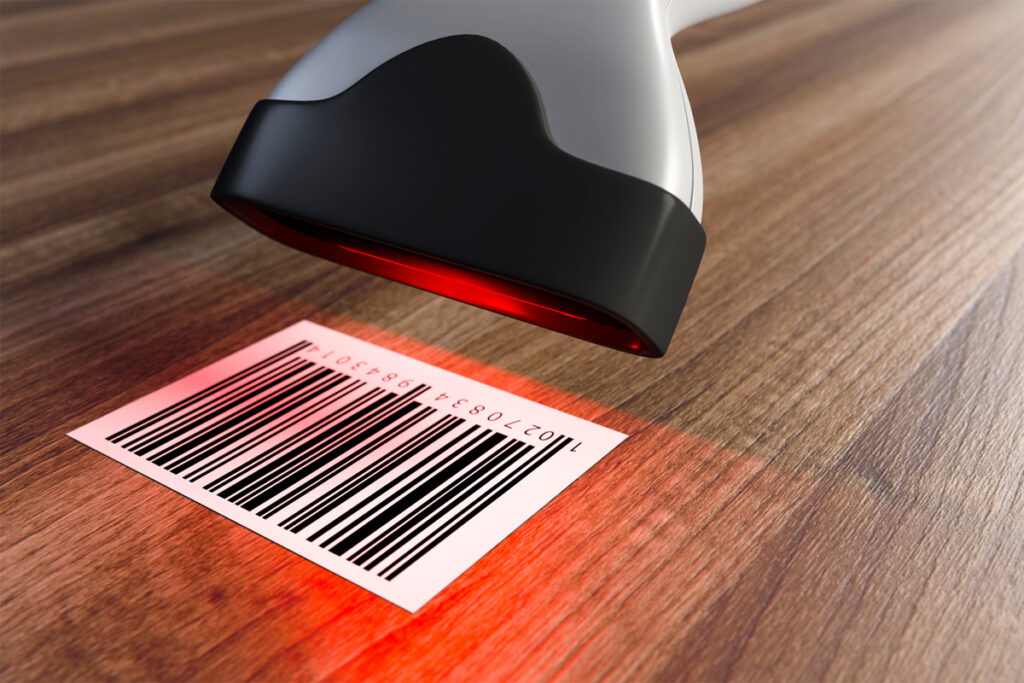
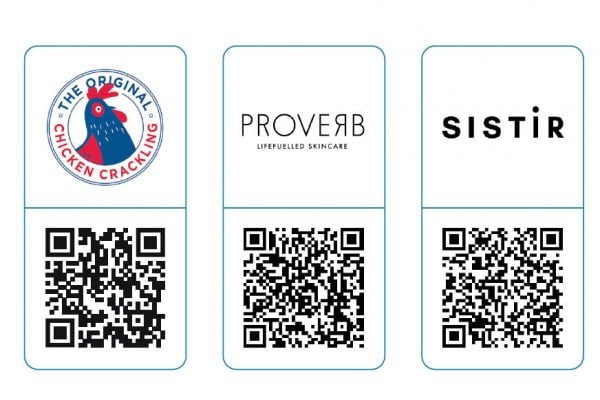
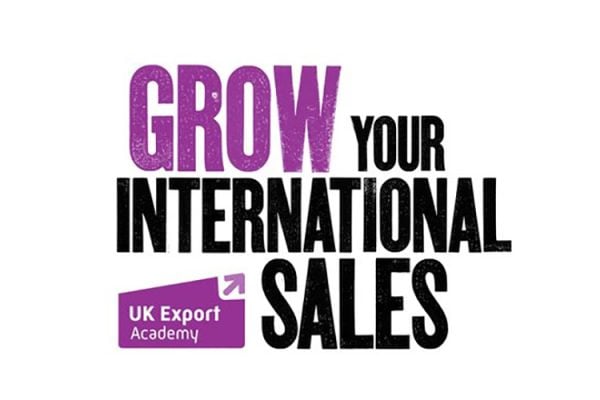
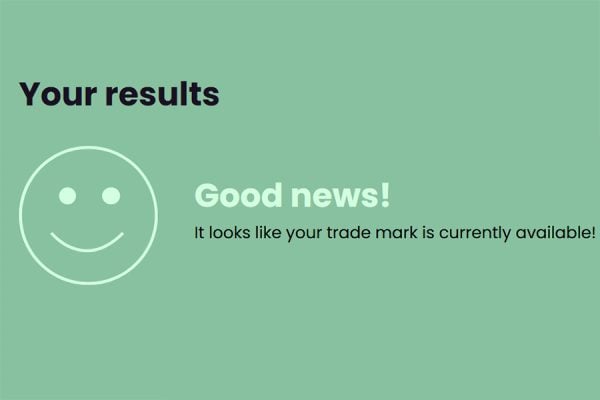

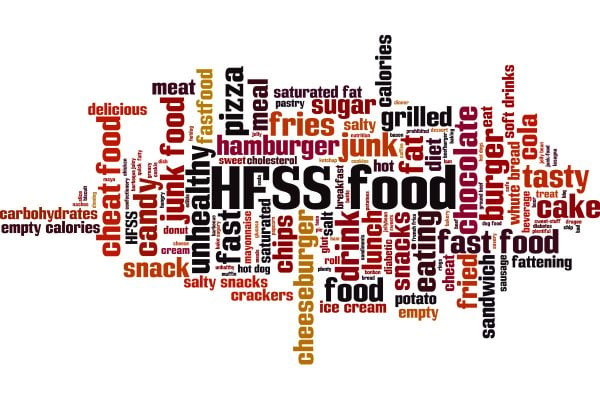

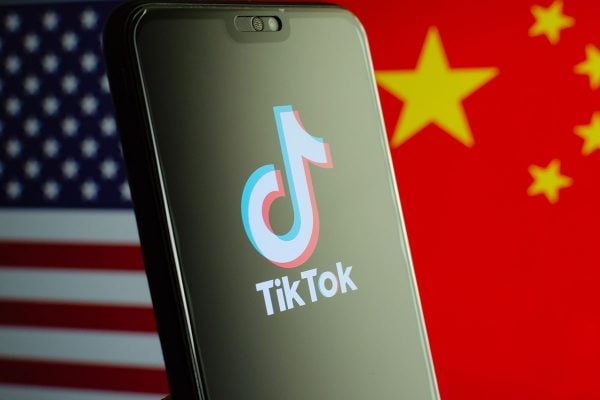
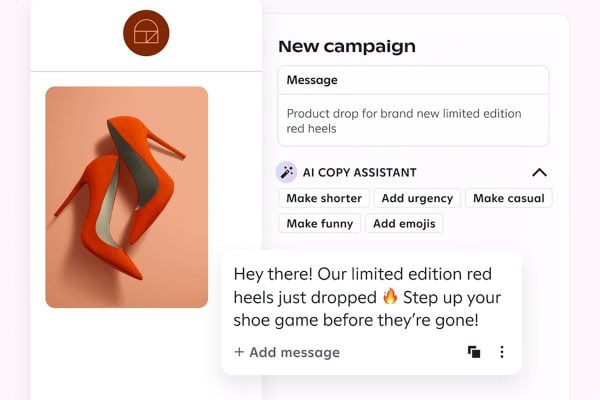
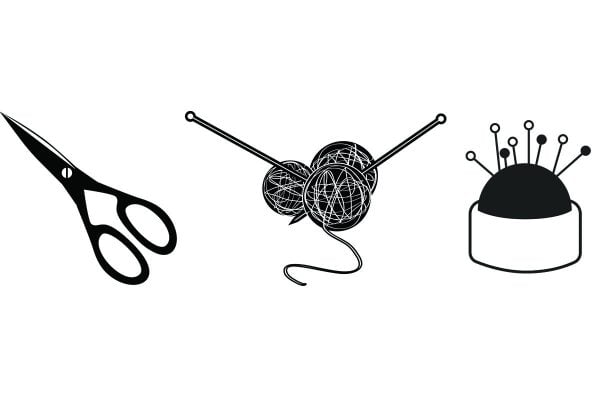
One Response
i don’t think Tesco would have gone with barcodes, if the resulting outcome was to print “You can buy this cheaper at Asda” on most of their product.